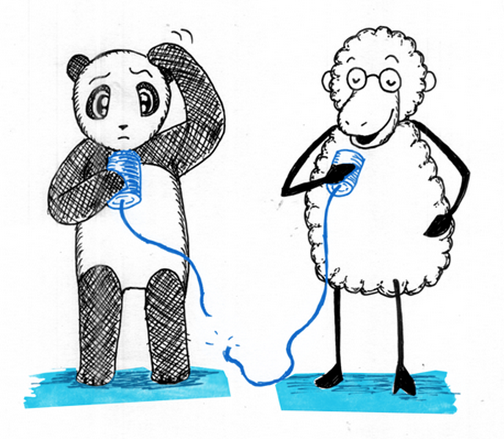Business Communication Mistakes To Avoid

Effective communication is at the heart of every successful business, no matter the size or industry. In today’s diverse global business environment, effective communication skills will definitely set you apart from your peers and competitors.
Here are some common communication mistakes we are all guilty of and it would be best to avoid:
Discussing Sensitive Information Through Email
How many emails do you send and receive a day… 10, 50, 100? It’s efficient and effective; without it, we’d all probably have a few problems to say the least! We are so reliant on email that it’s easy to forget the company privacy policy when trying to get through a busy day. However, with the leak of countless confidential emails belonging to prominent organizations over the last few months, now more than ever, it is important to think twice before we hit “send”.
Failing To Train New Employees On Their Desk Phones
It’s easy to assume that people know how to use their email client or smartphone, but what about their desk phone? With all of the models and variations out there, the features and functionality of a new desk phone may be completely new to your recent hire. That’s why it’s important to make sure they are trained on it. Any good business phone provider, including Introtel, will provide training services to your staff.
Failing to Respond to Voicemails
There’s no rule on acceptable time to respond to your voicemail messages. Instead of responding quickly with incomplete information, it is better to wait to respond when you are able to address everything in the message. Furthermore, if your caller asked you to call them back, don’t send an email. Likewise, if they give you the option to respond by email or by phone, use the method that best helps you communicate your point. The main goal is to give your caller the information they need, in the timeliest manner. In general, people in our offices respond to voicemails within the same business day or at most, up to one business day later.
Speaking More and Listening Less
To stay on top of any situation, stop speaking and listen. When you listen more than you speak, you open yourself up to learning and empathy — which in turn help you accomplish more.
Transferring Customers To Numerous Departments
Having dedicated representatives to take customer calls is one of the most important customer relationship management plans you can put in place. If you have ever called a company and been transferred to department after department, you understand how frustrating it can be. That’s why as a business, you should have a plan to deal with sales inquiries, complaints, and general questions. It may sound simple but all too often, businesses fail to plan for this and therefore risk losing customers.
Are you guilty of making any of the communication mistakes above? Let us know in the comments section!
By the experts at Introtel



